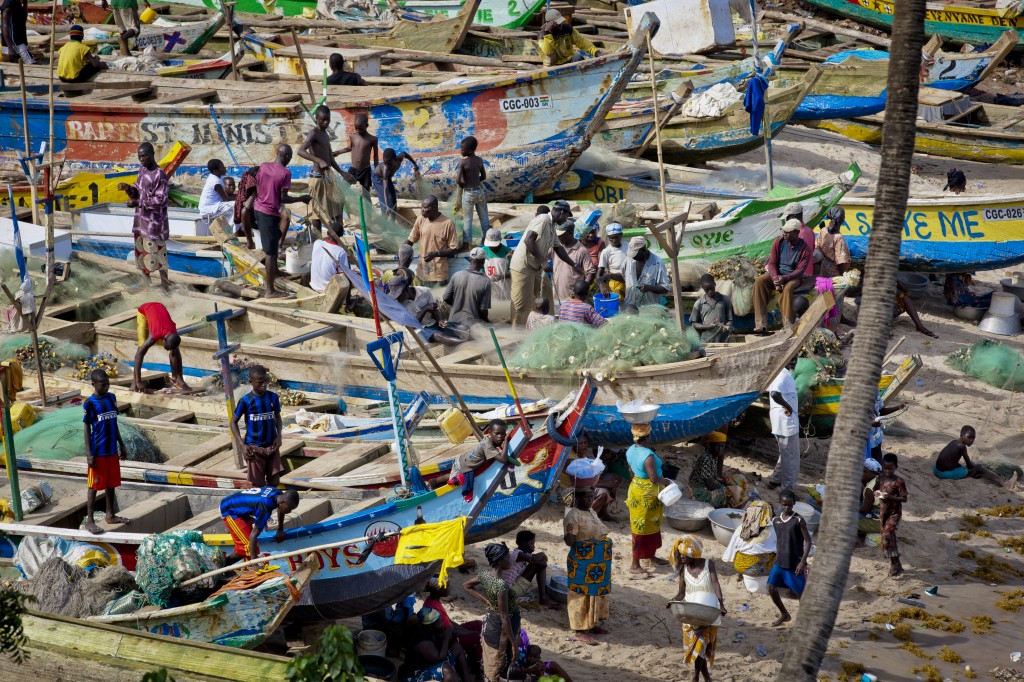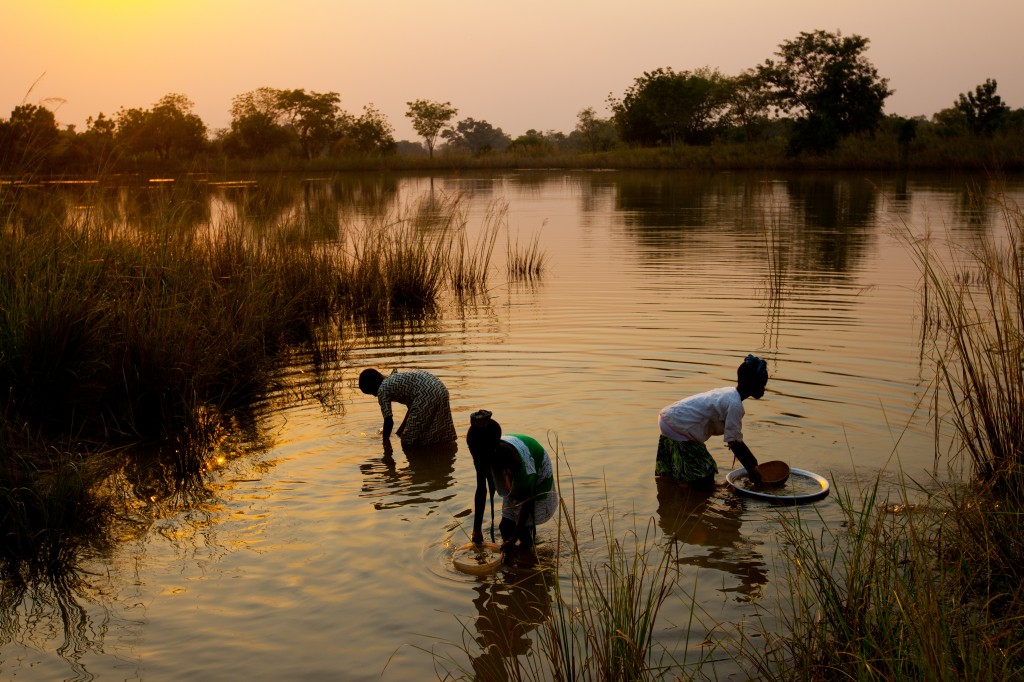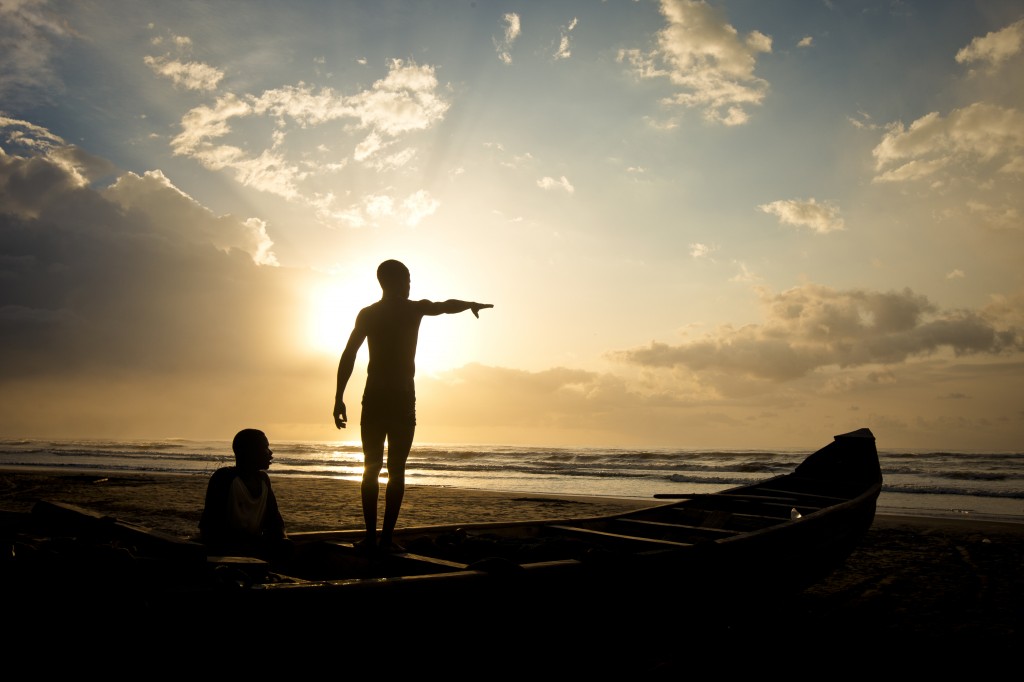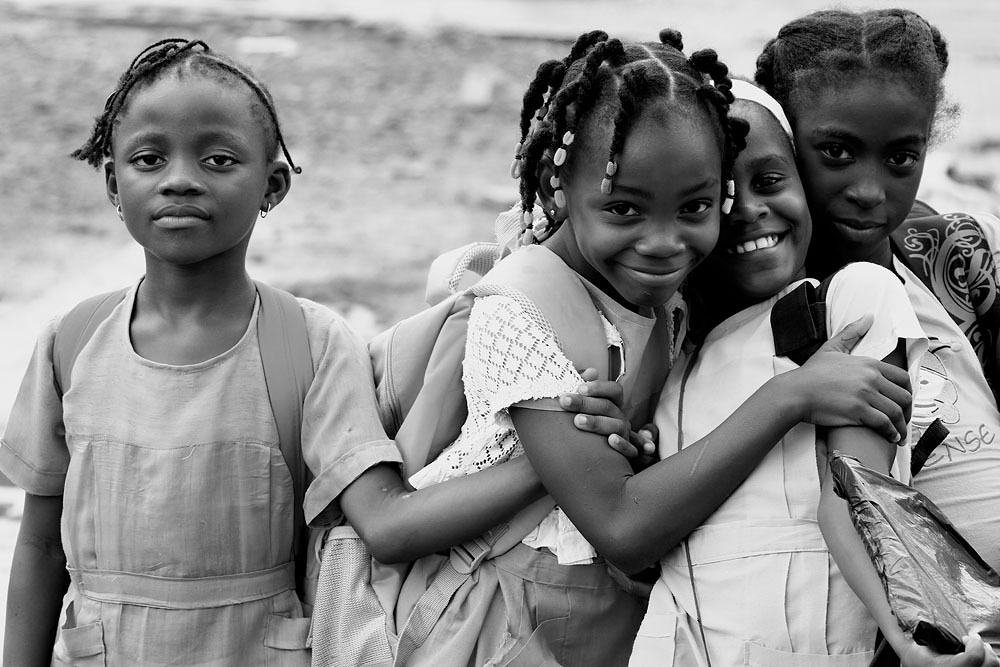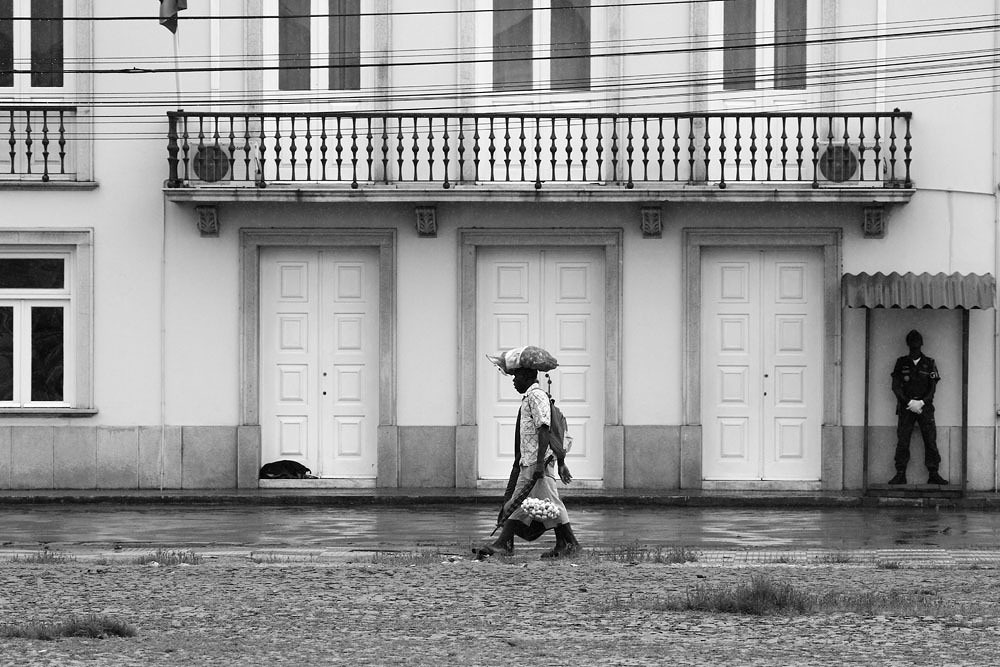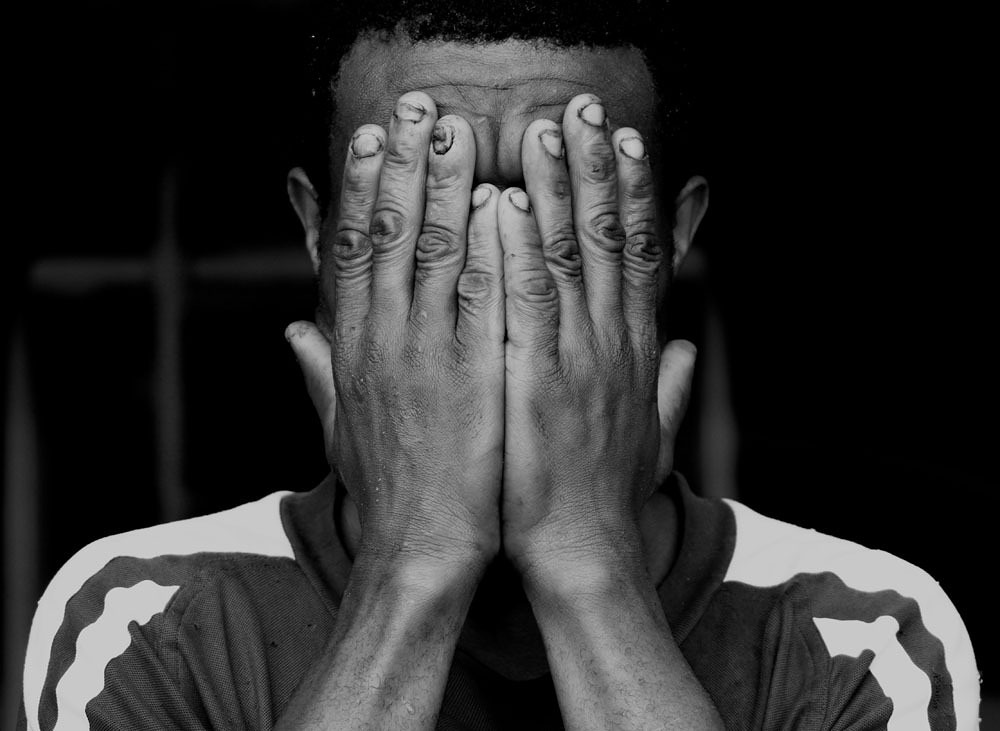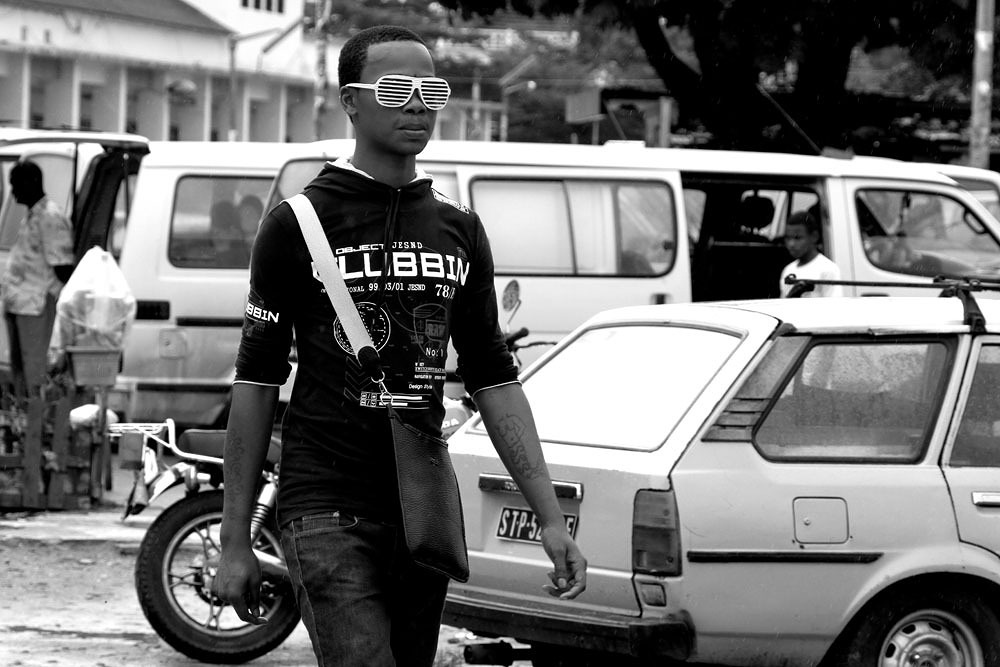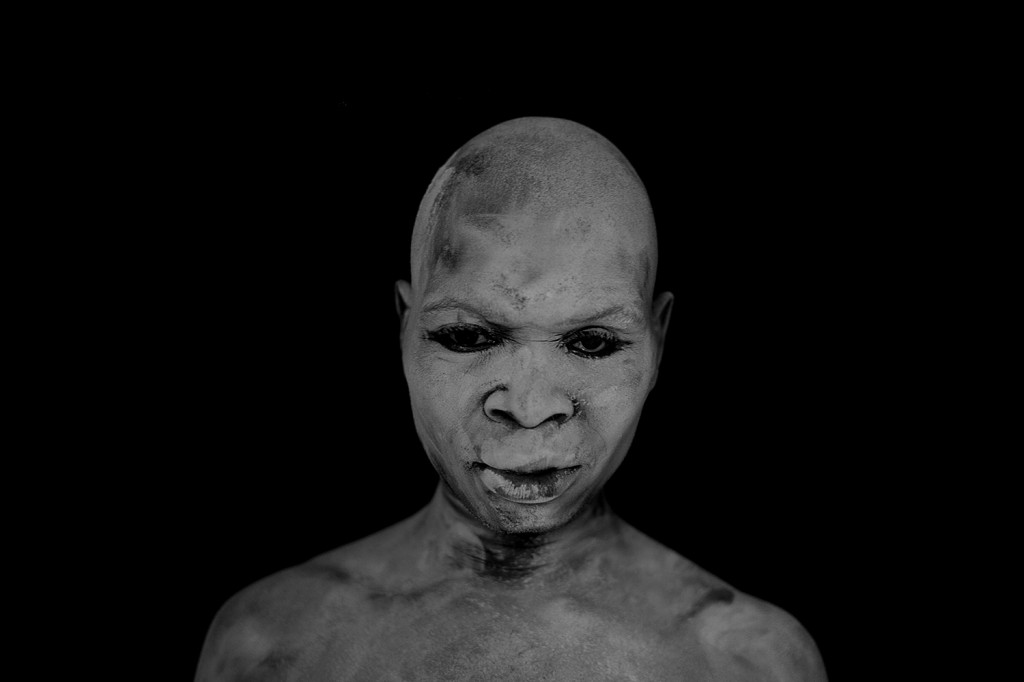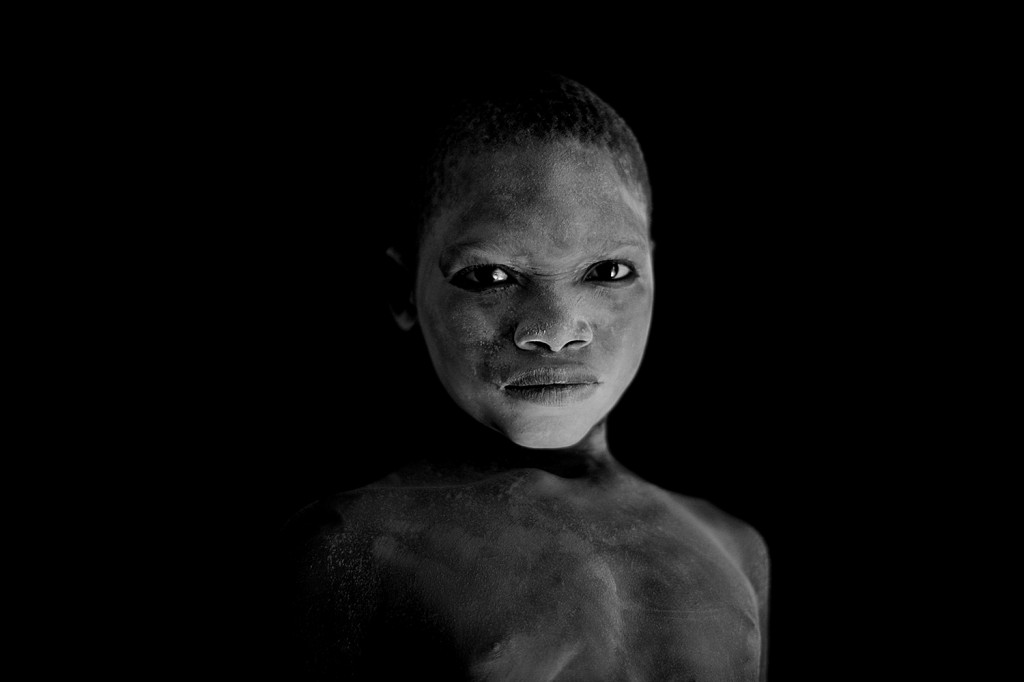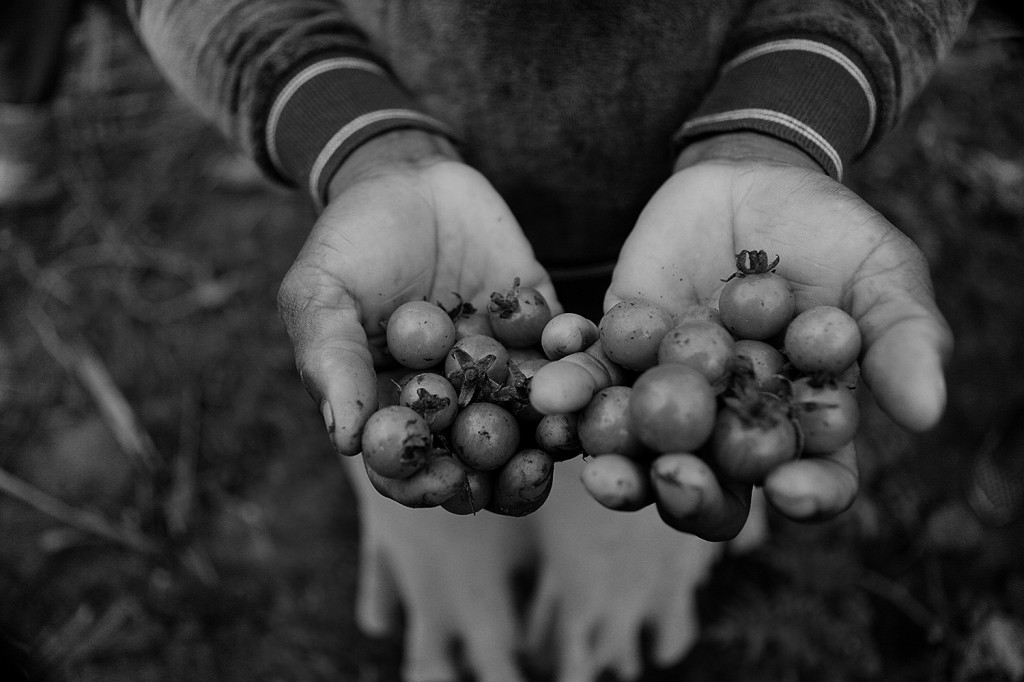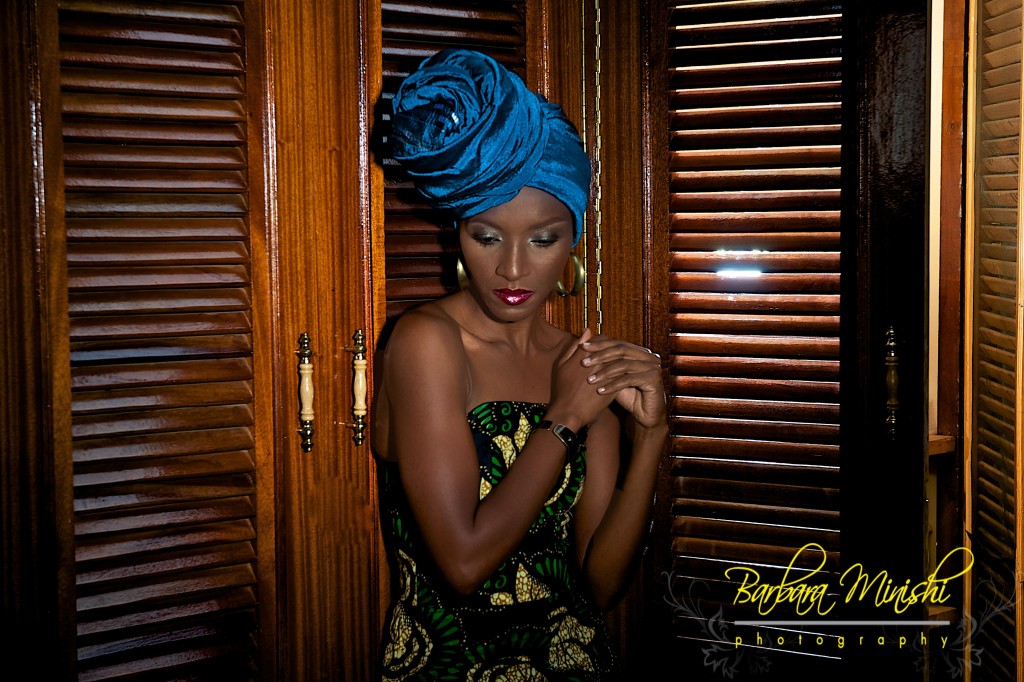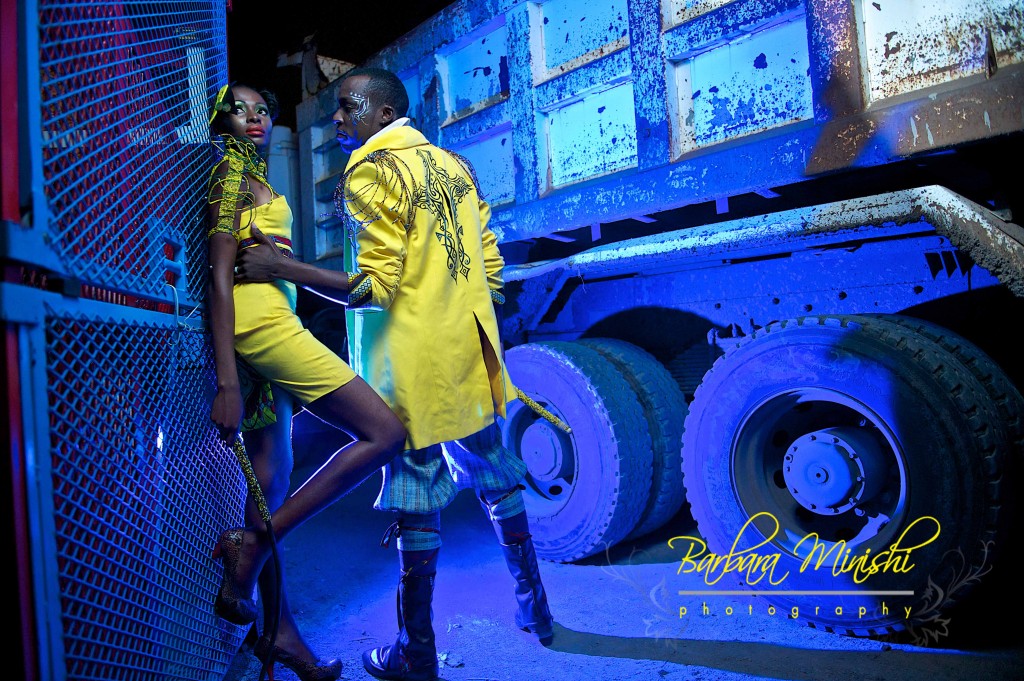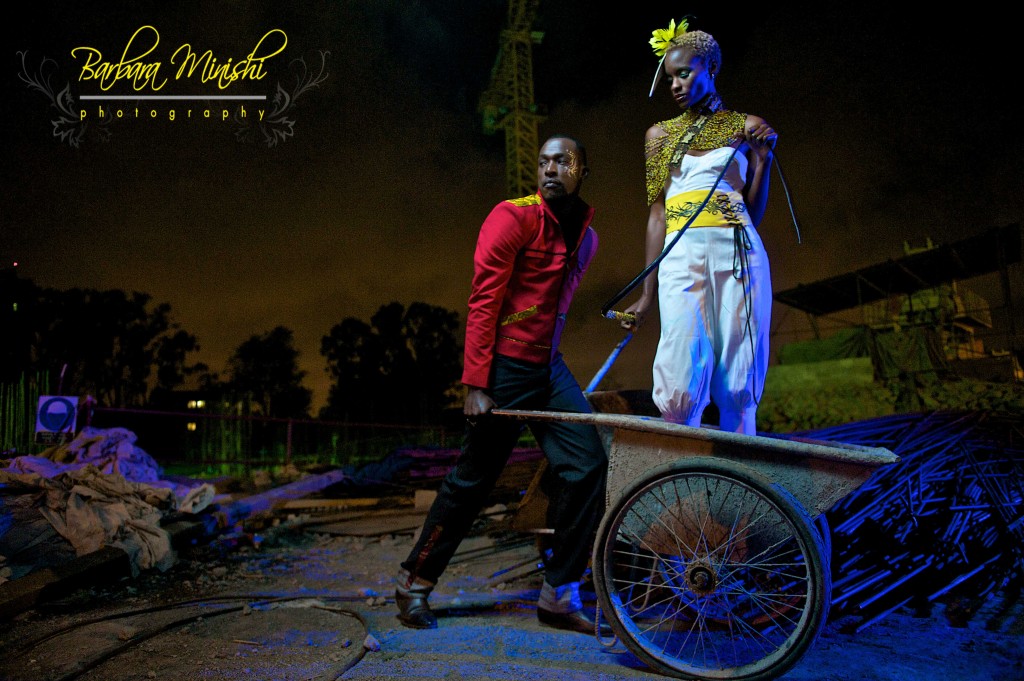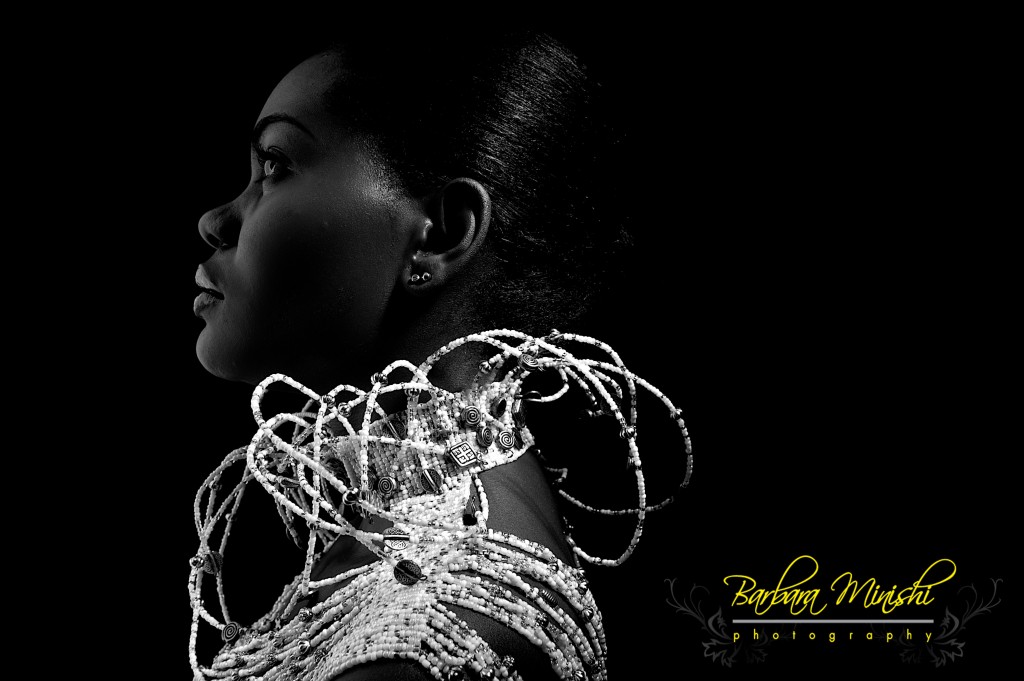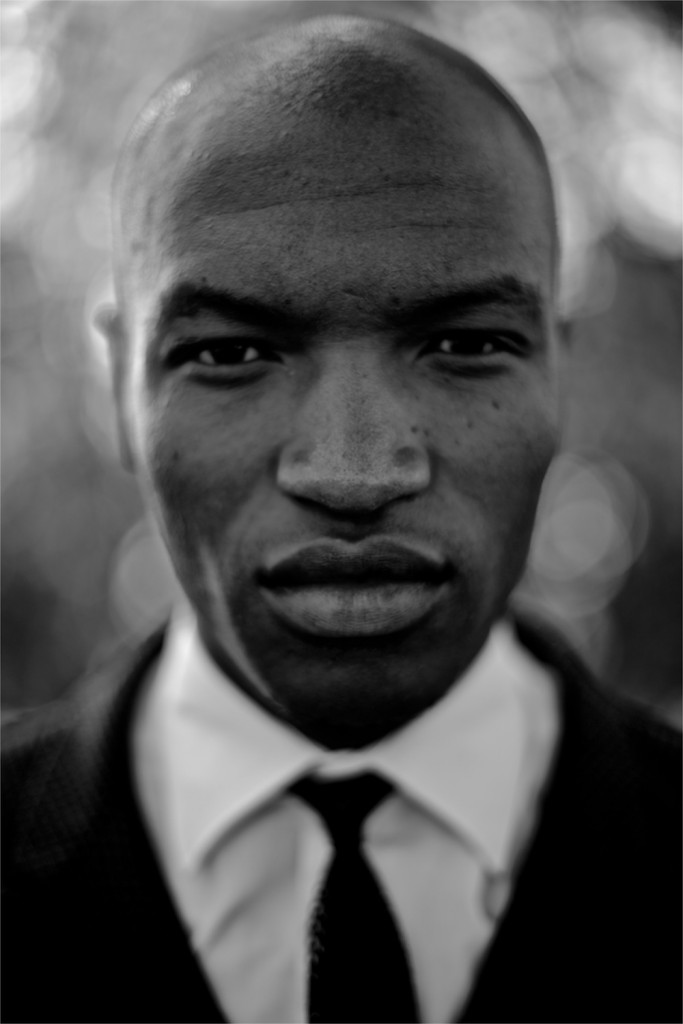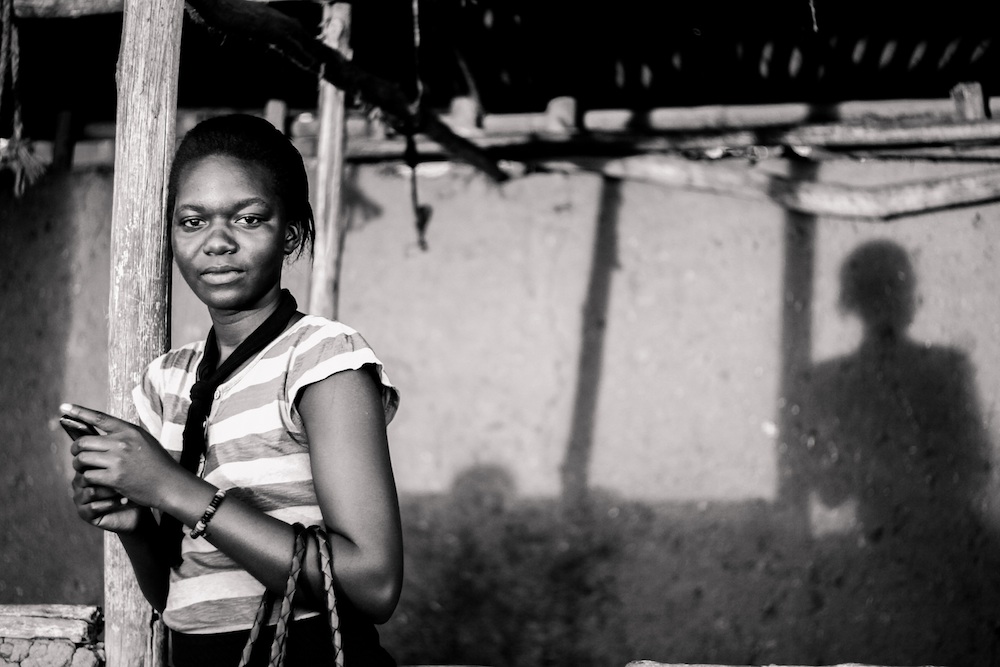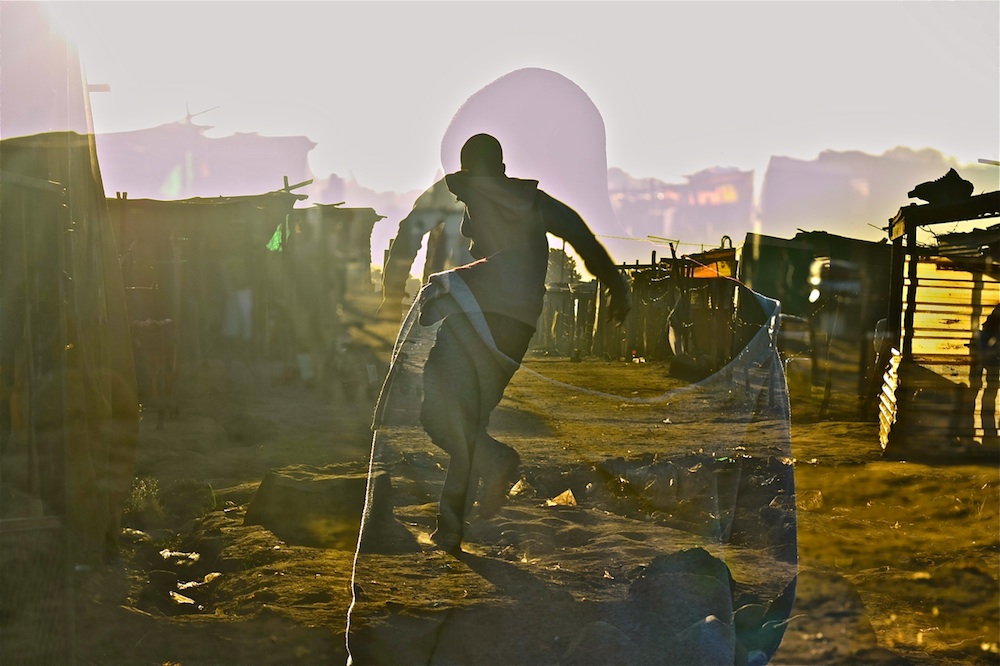Telling the truth about Africa with photography
African photography is on the rise. From street to art photography, conceptual and documentary to fashion photography, homegrown photographers (not only in the Francophone-African countries) are increasingly stepping up to show their world what they see when they look through the lens, following decades of photographic misrepresentation, or reduction, by observers from outside the continent.
If only he knew what he exactly wanted to show, his life would be a lot easier. But for Ghanaian photographer Nana Kofi Acquah, Africa is a never-ending journey of discovery.
“My aim is to show the beauty of Africa, and so far I’ve just been sharing my experiences with my viewers. I see myself therefore more as a storyteller who uses his camera as a medium.” Acquah grew up in his grandmother’s pub in Elmina, Ghana, just two hundred metres away from São Jorge da Mina, the first slave castle built in sub-Sahara Africa. “It [the pub] was the hotspot for every kind of gossip and the place where I learned to develop a keen ear. To date, I think one of my best gifts is my ability to listen and even to hear what is not being vocalised.”
Using this gift Acquah works all over Africa, though he speaks only three of the thousands of languages spoken on the continent. So he’d be the first person to admit that he only scratches the surface. “People tend to think that because I am African, I know the continent better. They think I am more in tune with the cultures, but this is far from the truth. When you consider the fact that each language represents a way of seeing and embodies diverse belief systems and ideologies, you discover that whatever I do now is only the tip of iceberg.” It’s the unknown however that motivates him. The fact that he might see or hear something new tomorrow.
His work is a combination of documentary and commercial photography. Having been initiated into photography via the commercial side, he found his passion for storytelling leading him towards documentary, and noticed that no matter how hard he tried, his pictures always looked “a bit glossy”. “I saw that as a weakness for a long time, till I realised that no matter how hard I tried, I can never run away from the fact that it’s part of me and my past.
This past life came to an end seven years ago when Kofi dropped everything after five successful years in advertising to pursue a full-time career in photography. After starting off as a copywriter and accidentally picking up a camera because they needed to take pictures for design layouts, he kept on improving. Upon reaching the point where in his job as creative director at advertising agency TBWA the clients often preferred his pictures to those of his professional colleagues, he knew his competence in photography could make him a career in photography. “Years before that I worked as a radio presenter and even though the fame was nice, I got bored at some point. I felt the visual part of me was dying – my childhood dream was to become a painter – and changed to advertising. Now felt I had to make another change, even though the timing was bad with a family to support and not much money in the bank. The early days were tough but perseverance always pays off.”
Luckily Acquah persevered, because when he made the change he became a joke in many circles. “Most educated Africans – and Ghanaians in particular – believe that the only mark of good education and intelligence is when one works as a lawyer, banker, doctor, engineer, pilot or professor for example. They don’t realise that if well-educated folk don’t take on the responsibility of telling Africa’s stories, we will always be at the mercy of those who tell our stories for us. With digital cameras becoming affordable, I am seeing a lot more young people taking up photography and this is the beginning of the journey to correct Africa’s image after over a hundred years of photographic misinterpretation.”
Yet the photographer doesn’t want to go out to “educate” or “change opinions”. He thinks it’s dangerous to work with this mindset and a very presumptuous idea. “It assumes that one knows what’s best for another and unfortunately much of what has been created on Africa was done by people who were intent on showing us the way; totally disregarding their own blindness.” For that reason he tries to stay as neutral as possible. As much as he would like to always paint Ghana and Africa in a positive light, there is also the fact there is a lot that happens on the continent that isn’t positive. “I see it as a gross injustice towards the victims if people like me turn a blind eye to their stressful situations. It’s about showing a truthful image, contrary to the fact that western media has over centuries focused so much on Africa’s negatives. People now think that’s all there is, when the reality is all the rot won’t even account for five percent of what Africa is.”
From his hometown of Kokrobite, a tiny village outside the capital Accra on the coast, he works all across Africa for corporations like FIFA, Nike and BASF, NGOs like UNESCO, WaterAid and CARE, and magazines/newspapers like Geo France, The Guardian and The Financial Times. Ghana is his hub, and from there he’s travelled to Cameroon, Uganda, Angola, Nigeria, Mali, Senegal, Gambia, Ivory Coast and Liberia. Travelling so much for work has its difficulties and challenges, the three main ones being access, cost and culture. “Gaining access to certain parts of the continent is just difficult. You can think of this in terms of going to remote villages and towns, but even traveling from one African country to another can be difficult. Travelling within Africa can be extremely expensive, and when one finds himself where the story is, then there is the cultural and languages barrier to cross. At the end of the day, however, nothing inspires me like this continent because of all the diversity it offers.”
And there are more positive sides, because the continent’s rising economy brings more prosperity to photography enthusiasts in Africa; for Acquah that means more people asking to buy prints. “And a lot of young people can now afford some good cameras so we are also getting a lot of new photographers every day. Next to that, fortunately because of the internet, there is also a rapid growth in competence within the photography community. The internet really takes away every excuse we used to have for when we performed poorly in any endeavour.” Of course it helps that photographers like Acquah spread their message and photography via the Instagram group ,everydayafrica’, for example.
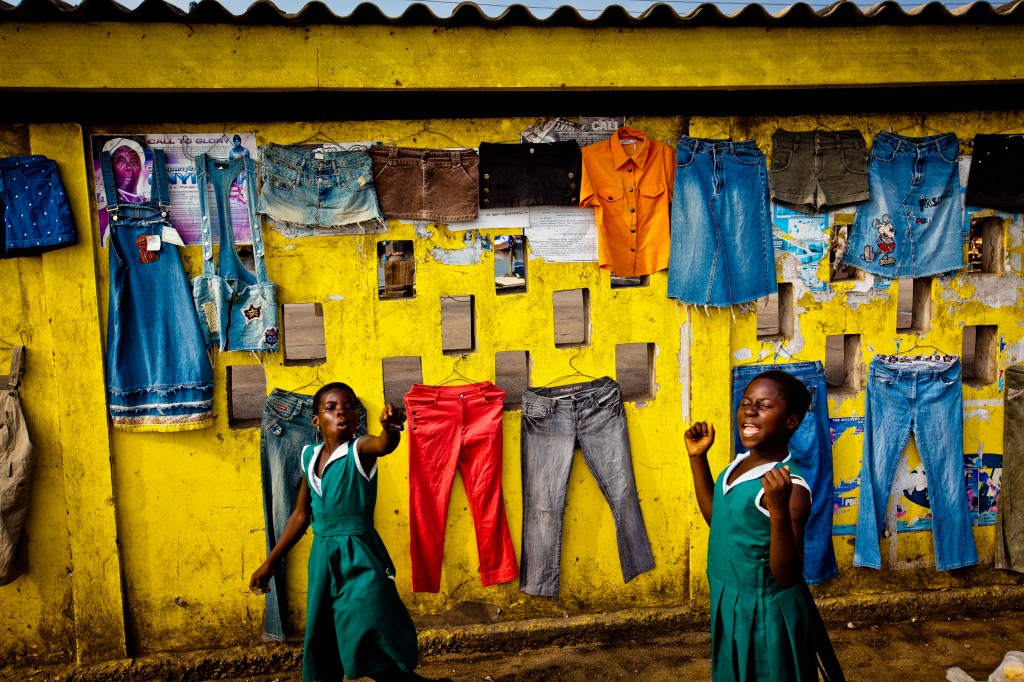
And we mustn’t forget the bridge the internet creates between African and non-African photographers. “Before, I think that most foreigners came with preconceived notions and went around looking for images that fit their prejudice. Fortunately, that attitude is gradually changing: I see a lot more effort by non-African photographers to change the rhetoric. The difference between my work and that of non-African photographers is something the viewer perceives more than I do, however, I don’t compare myself to anyone – foreign or national.” That leads Acquah to another observation: “Ghanaians don’t collaborate.” It’s a cultural problem, in his opinion, of which he also is guilty. “We keep our ideas and opportunities to ourselves and only invite our colleagues to our exhibitions and ask them to like our published work on social media. If we never become as strong a force, as say the Nigerians, this will be what did us in – self-centredness.” Words his colleagues throughout the continent should probably pay heed to.
Read the original article on This is Africa





